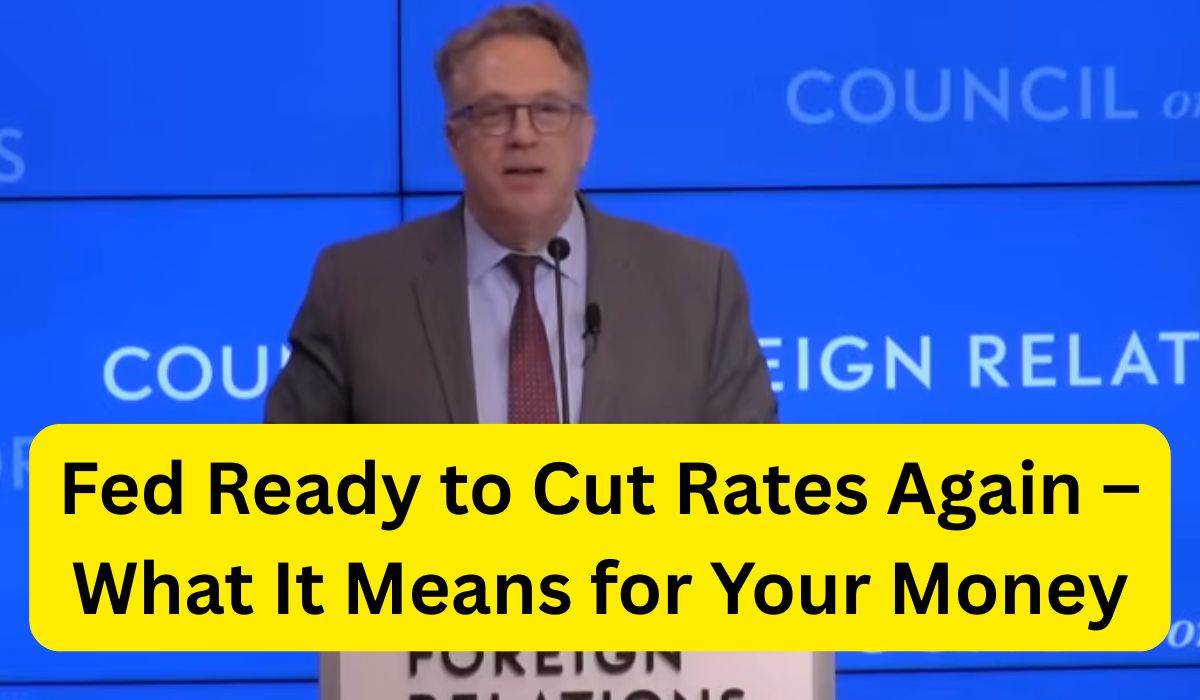New York Federal Reserve President John Williams just delivered remarks that should catch every investor’s attention. He’s explicitly stating there’s “room for further adjustment” in interest rates—and the timing signals this could happen sooner rather than later.
The Employment-Inflation Balancing Act
Williams made his position crystal clear in recent public statements: monetary policy is walking a tightrope between protecting employment and controlling inflation. What’s shifted is where he sees the greater risk.
“My assessment is that downside risks to employment have increased as the labour market has cooled, while the upside risks to inflation are less than somewhat,” Williams stated. This represents a notable evolution in Fed thinking. The labor market cooling isn’t just an observation—it’s becoming a policy driver.
The data backing this perspective shows underlying inflation continuing its downward trend. Williams specifically noted the absence of “second round effects” from tariffs, suggesting that price pressures from trade policy haven’t created the feared cascade of inflationary momentum.
Recent Rate Actions and What Comes Next
Williams confirmed his full support for the Federal Open Market Committee‘s recent decisions to reduce the federal funds rate by 25 basis points at each of the past two meetings. That’s 50 basis points of cuts already delivered.
But here’s what matters most: he’s not done. Williams characterized current monetary policy as “modestly restrictive, although somewhat less so than before our recent actions.” The language here is deliberate. By acknowledging policy is still restrictive—but less so—he’s laying groundwork for additional moves.
The key phrase that investors should focus on: “I still see room for further adjustment in the near term for the target range for the Federal funds rate to move the stance of policy closer to the range of neutral.”
What “Near Term” Actually Means
When a Fed official uses “near term,” it typically signals consideration within the next one to three policy meetings. Williams isn’t talking about abstract future possibilities—he’s discussing active policy consideration.
His goal is explicit: moving policy closer to neutral territory while “maintaining the balance between the achievement of our two goals.” This isn’t aggressive easing. It’s calculated recalibration.
The neutral rate—where monetary policy neither stimulates nor restricts economic activity—is generally estimated somewhere in the 2.5% to 3.5% range. Current Fed policy sits above that level, meaning additional cuts would simply reduce restriction rather than inject stimulus.
The Data-Dependent Framework
Williams maintained the Fed’s standard disclaimer: “My policy views will, as always, be based on the evolution of the totality of the data, the economic outlook and the balance of risks.”
This matters because it keeps options open. If employment data deteriorates faster than expected, the door is open for more aggressive action. If inflation proves stickier, the pace could slow.
What’s significant about Williams’s remarks is the confidence in the inflation trajectory. By explicitly stating that underlying inflation “continues to trend downward” and dismissing tariff-related second-round effects, he’s signaling the anti-inflation fight isn’t consuming all policy bandwidth anymore.
Market Implications and What to Watch
For investors, Williams’s positioning suggests the Fed isn’t pivoting to a prolonged pause. The two-goal mandate is being actively balanced, with employment concerns gaining weight in policy deliberations.
This creates a potentially supportive environment for risk assets in the near term. Rate cuts generally benefit equities, particularly growth stocks and interest-sensitive sectors like real estate and utilities. Bond markets have likely already priced in some of this expectation, but the explicit confirmation from a voting Fed member matters.
The key variable to monitor is employment data. If the labor market shows unexpected weakness, Williams’s “room for further adjustment” could translate into faster or larger rate cuts. If employment remains resilient while inflation continues declining, the gradual approach he’s outlining becomes the base case.
What makes this particularly noteworthy is Williams’s position as president of the New York Fed—one of the most influential voices in the Federal Reserve system. His public remarks don’t happen in a vacuum. They reflect ongoing internal discussions and help shape market expectations ahead of formal FOMC decisions.
The bottom line: the Fed is signaling flexibility to ease further, the employment-inflation trade-off is shifting toward employment protection, and near-term rate cuts remain very much on the table.
